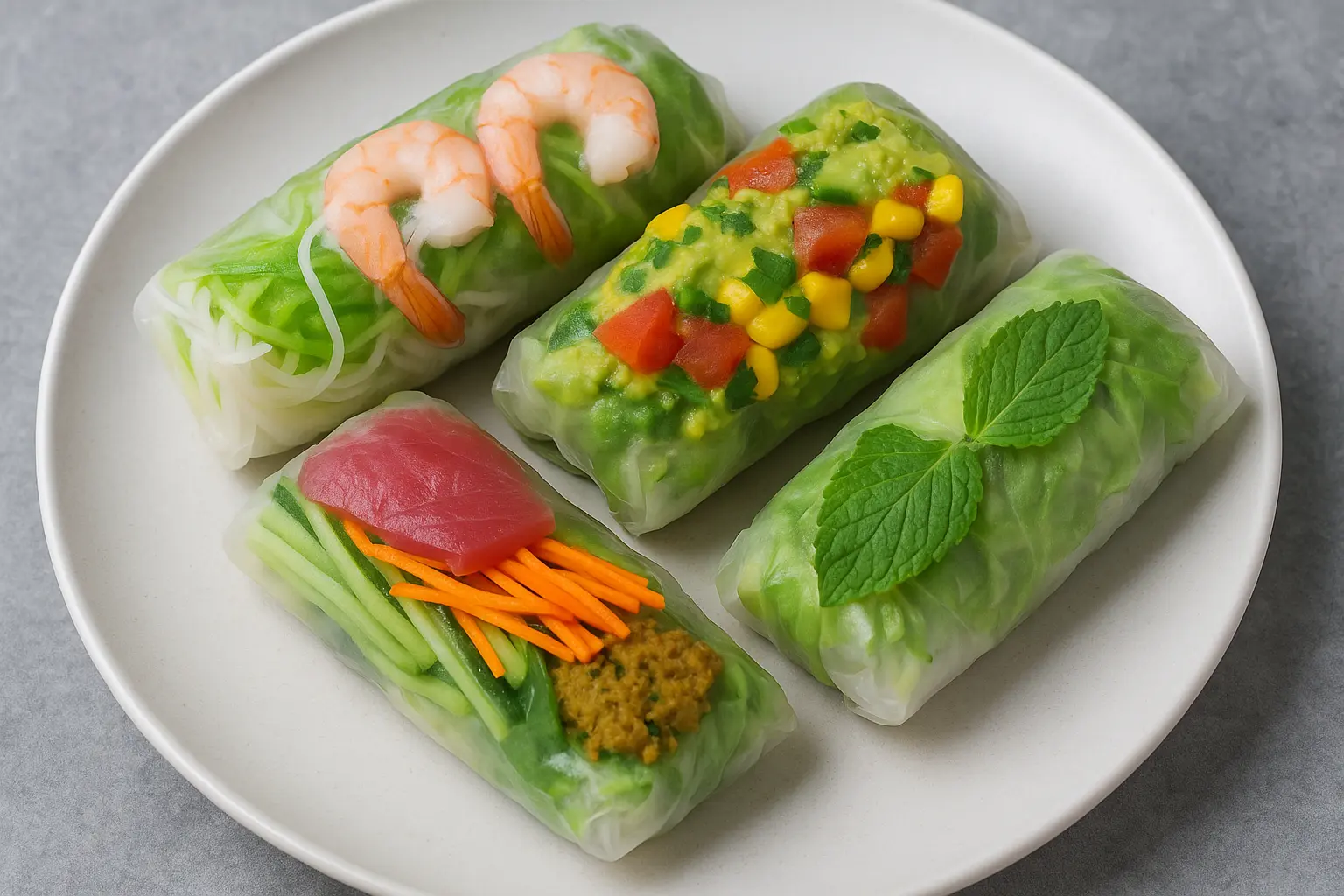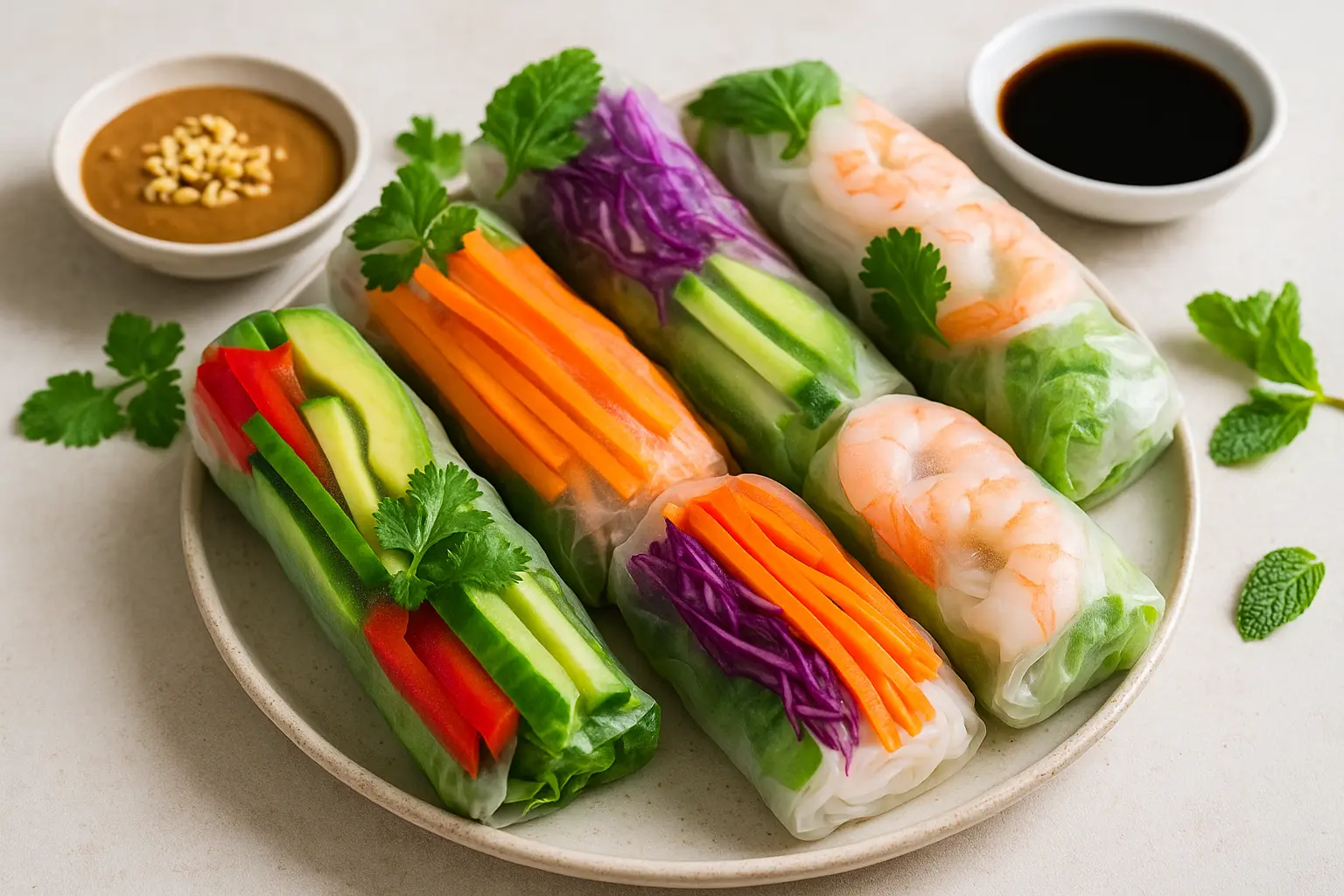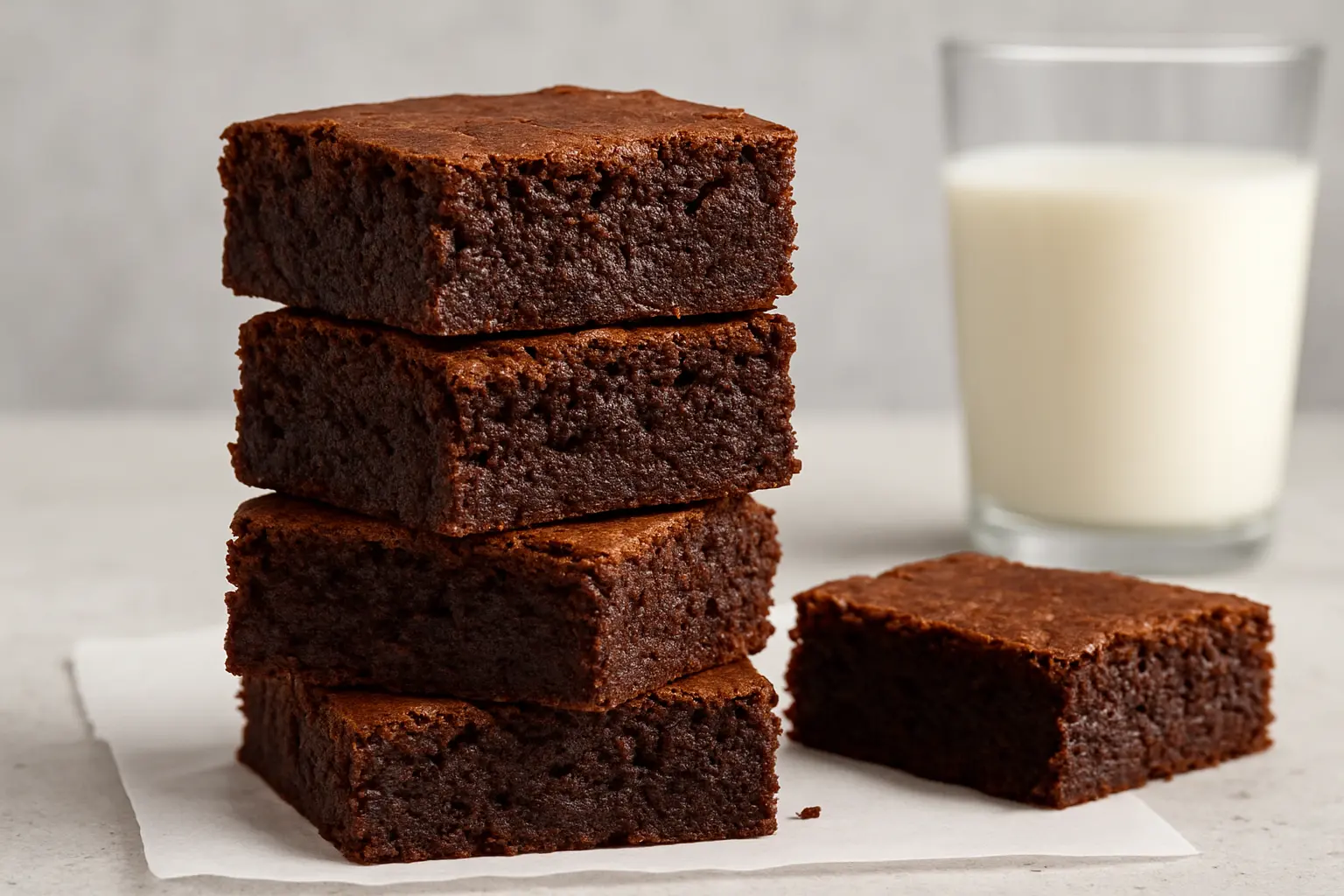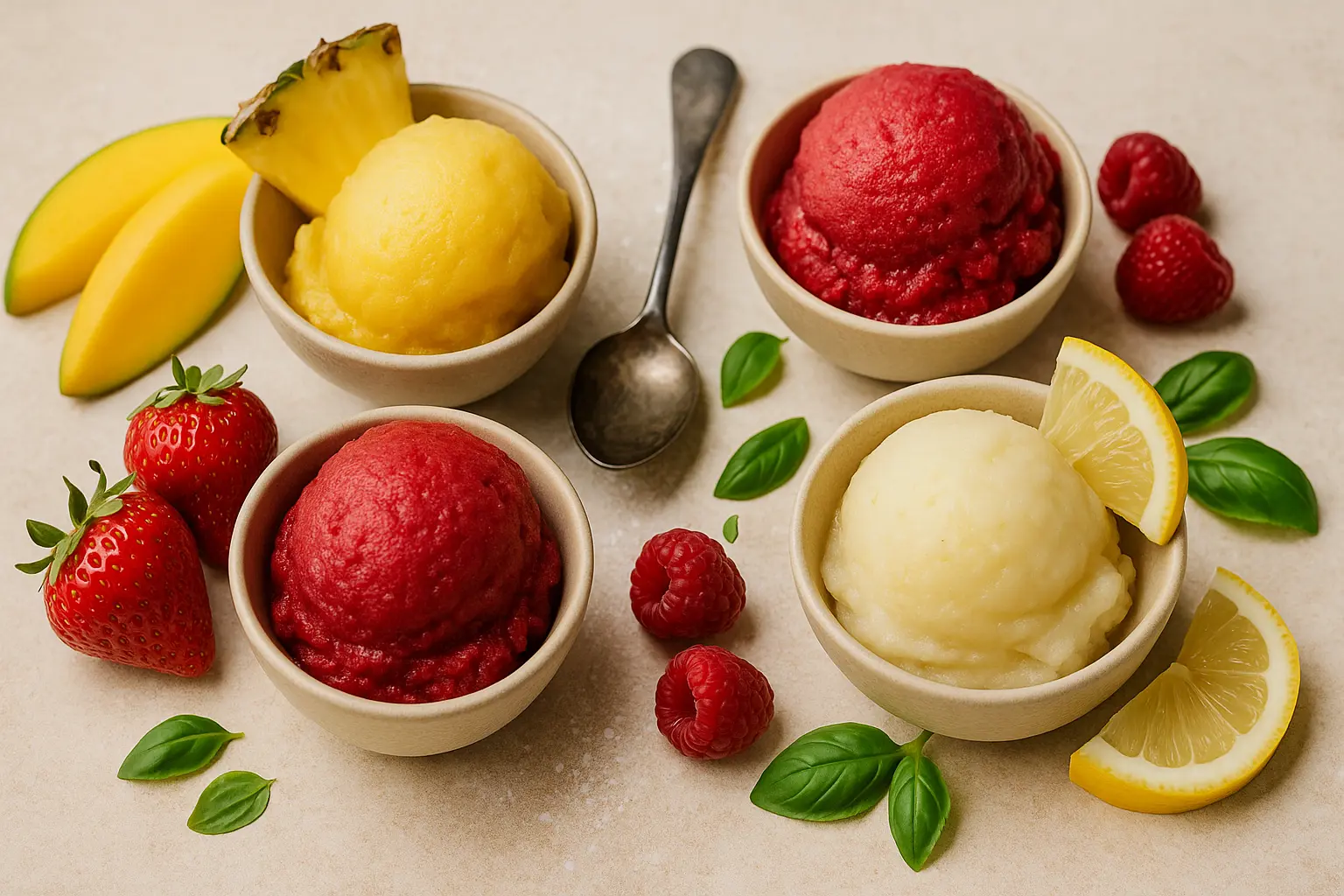Rice paper rolls, light yet satisfying, have become a global sensation. Traditionally rooted in Southeast Asia, particularly Vietnam, these translucent rolls are now found everywhere – from street food stalls in Bangkok to trendy cafes in Sydney and even as fusion appetizers at upscale restaurants in New York. Their versatility makes them appealing to people of all diets: gluten-free, dairy-free, vegan, or protein-packed meat lovers.
In this comprehensive guide, we’ll explore rice paper rolls from around the world: their history, cultural significance, essential techniques, variations across cuisines, and innovative modern spins. By the end, you’ll know how to prepare rice paper rolls that not only taste authentic but also reflect global creativity.

1. The Origins of Rice Paper Rolls
Rice paper, also known as bánh tráng in Vietnam, has been a staple ingredient in Southeast Asia for centuries. Made from rice flour, water, and sometimes tapioca starch for extra elasticity, these thin sheets were traditionally sun-dried and used in everything from fresh rolls to deep-fried spring rolls.
Vietnamese Roots
Vietnam is the birthplace of the famous gỏi cuốn – fresh rice paper rolls filled with shrimp, pork, vermicelli noodles, lettuce, and herbs like mint and coriander. Served with nước chấm (a sweet, sour, and savory dipping sauce) or hoisin-peanut sauce, they embody balance: freshness, crunch, and protein.
Spread to Other Cultures
As rice paper became commercially available, other Asian cuisines incorporated it:
- Thailand: Known for spicy flavors, Thai rice paper rolls often include chili, mango, and basil.
- China: Influences are seen in dim sum variations.
- Australia & Western countries: Fusion rolls stuffed with avocado, smoked salmon, or even roasted vegetables emerged as healthy café staples.
2. The Anatomy of a Perfect Rice Paper Roll
A great rice paper roll balances texture, flavor, and appearance. Here are the essential building blocks:
- Rice Paper Wrappers – Flexible sheets that become pliable when dipped in water.
- Filling Base – Vermicelli noodles or shredded vegetables for bulk.
- Proteins – Shrimp, chicken, tofu, tempeh, beef strips, or even smoked salmon.
- Fresh Vegetables & Herbs – Carrot, cucumber, lettuce, mint, coriander, Thai basil.
- Dipping Sauce – Completes the experience; hoisin-peanut, chili-lime, or soy-ginger.
Texture Balance
- Crunch (carrot, cucumber, lettuce)
- Softness (noodles, avocado)
- Protein chew (shrimp, tofu)
- Fresh herbs for brightness
3. Regional Variations: Rice Paper Rolls Around the Globe
Let’s take a tour of how different regions interpret this dish.
Vietnam: The Classic Fresh Roll
- Fillings: Shrimp, pork, rice vermicelli, lettuce, mint.
- Dipping Sauce: Fish sauce–based nước chấm.
- Cultural Note: Eaten as appetizers or light meals; widely found in street markets.
Thailand: Spicy & Tropical Rolls
- Fillings: Mango, chili, basil, chicken or prawns.
- Sauce: Spicy peanut or chili-lime.
- Twist: Incorporates tropical fruits for sweetness.
Japan: Minimalist Rolls
- Fillings: Sushi-style with raw fish, cucumber, avocado.
- Sauce: Soy sauce or wasabi mayo.
- Note: A sushi-meets-rice-paper fusion.
Australia: Café Fusion Rolls
- Fillings: Smoked salmon, cream cheese (dairy-free alternatives available), beetroot.
- Sauce: Sweet chili sauce or tahini-based dips.
- Cultural Adaptation: Popular in health-conscious cafes.
Middle Eastern Rolls
- Fillings: Falafel, hummus, tabbouleh.
- Sauce: Tahini-lemon dip.
- Flavor Profile: Earthy, hearty, and plant-based.
Mexican-Inspired Rolls
- Fillings: Black beans, corn, avocado, salsa.
- Sauce: Chipotle-lime or guacamole.
- Fusion Idea: Perfect for taco lovers who want a fresh, gluten-free wrap.
4. Techniques for Rolling Like a Pro
Many beginners find rice paper rolls tricky to handle. Here are practical tips:
- Hydration: Dip rice paper in lukewarm water for 3–5 seconds. Don’t over-soak.
- Surface: Use a damp towel or plate to prevent sticking.
- Layering: Place lettuce first (creates a protective barrier).
- Rolling: Fold the sides inward, then roll tightly like a burrito.
- Storage: Keep covered with a damp cloth until serving.
5. Dipping Sauces – The Unsung Heroes
No rice paper roll is complete without its sauce. Here are some global favorites:
- Vietnamese Nước Chấm – Fish sauce, lime, garlic, chili, sugar.
- Peanut-Hoisin Sauce – Nutty, sweet, and rich.
- Soy-Ginger Dip – Light, tangy, and vegan.
- Sweet Chili Sauce – Popular in Australia and Thailand.
- Avocado-Lime Cream – Fusion dip for Mexican-inspired rolls.
6. Creative Global Recipes
6.1 Vietnamese Shrimp & Pork Rice Paper Rolls
A timeless combination of pork belly, shrimp, rice vermicelli, lettuce, and fresh herbs.
6.2 Thai Mango Chicken Rolls
Juicy chicken strips with mango slices, cucumber, and basil – served with spicy peanut sauce.
6.3 Japanese Sushi-Inspired Rolls
Fill rice paper with sashimi-grade salmon, avocado, cucumber, and sesame seeds.
6.4 Middle Eastern Falafel Rolls
Crispy falafel balls wrapped with hummus, parsley, and tomato.
6.5 Mexican Fiesta Rolls
Black beans, roasted corn, salsa, and avocado slices with chipotle-lime dip.
6.6 Vegan Rainbow Rolls
Shredded purple cabbage, carrot, cucumber, avocado, and tofu for a vibrant rainbow effect.
7. Health Benefits of Rice Paper Rolls
- Low in Calories – Ideal for weight management.
- Naturally Gluten-Free – Suitable for coeliacs.
- Dairy-Free – Adaptable to lactose intolerance.
- Rich in Fiber & Micronutrients – Thanks to vegetables and herbs.
- High-Protein Options – Add chicken, tofu, or shrimp.
8. Tips for Meal Prep & Storage
- Prepare fillings ahead but roll just before serving.
- Store rolled rice paper rolls under a damp towel in the fridge.
- Avoid stacking directly (they stick). Use baking paper between layers.
- Best eaten fresh; they dry out after a few hours.
9. Rice Paper Roll FAQs
Q: Can I make rice paper rolls ahead of time?
Yes, but they are best fresh. Wrap them in a damp towel to keep moist.
Q: Are rice paper rolls keto-friendly?
Not traditionally, but you can reduce noodles and use more protein and vegetables.
Q: Can I freeze them?
No – rice paper becomes brittle when frozen.
10. Global Influence on Modern Menus
Rice paper rolls have transformed from street food into global cuisine:
- Featured in Michelin-starred menus with foie gras fillings.
- Adapted for vegan restaurants with jackfruit and tempeh.
- Reimagined as party food with creative dips.
Conclusion
Rice paper rolls are more than a meal – they’re a canvas for creativity. Rooted in Vietnamese tradition yet embraced by cultures worldwide, these rolls offer endless possibilities for health-conscious eaters, fusion lovers, and anyone who enjoys fresh, vibrant flavors. Whether you stick to the classics or experiment with global fillings, rice paper rolls promise satisfaction in every bite.
Leave a comment
Your email address will not be published. Required fields are marked *




















